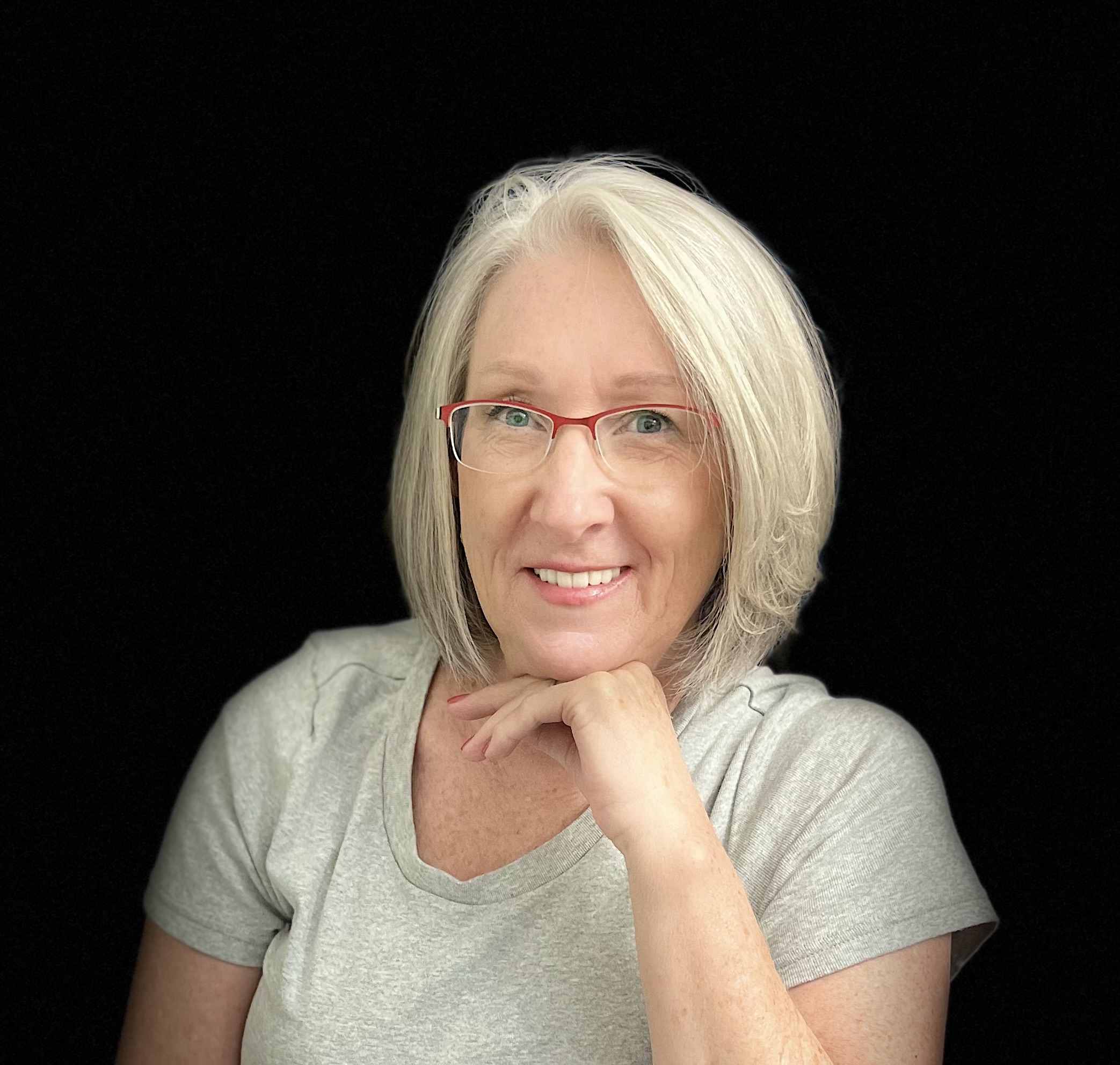Enhancing Healthcare Simulation-Based Education with High-Fidelity Standardized Patients
The Standardized Patient (SP) methodology has been used in Healthcare Simulation since the 1960s to train medical students and residents in assessing patients in a safe environment. Dr. Howard Barrows, a neurologist, was the first to create the SP to teach residents at the University of Southern California. Due to the practical and ethical difficulties of using actual patients with specific diagnoses, the SP was an effective substitution. However, the practice was not widely accepted then, though SPs are standard in today’s Simulation-Based Education (SBE). This HealthySimulation.com article by Tina Hayes will discuss how to enhance simulation-based education with SPs, also known as Simulated Patients outside the United States.
View the HealthySimulation.com Free Webinar Getting Started with High-Fidelity Standardized Patient Simulation to learn more!
The use of Simulated Patients allows novice healthcare professionals to practice assessment and treatment skills safely in a controlled environment rather than on actual patients whom incorrect techniques could inadvertently harm. Experiential Learning, or SBE, has been proven to be superior to didactics when high-stakes situations are involved. In medical education, SBE is a requirement for medical students to perform, under observation, physical exams and histories on multiple SPs prior to licensure. The technology of manikins and mechanical simulators is valuable, but they cannot supply the human interaction that medical care requires. A robust SP program provides enhanced learning that technology cannot match.
Sponsored Content:
What is a Standardized Patient?
The SP is a person who has been trained or coached to portray a patient, family member, or another simulation participant to enhance the education of medical professionals. They are provided a script and background information for a particular patient’s condition. The Standardized Patient portrays the history, body language, physical symptoms along with personality and emotional characteristics for a true representation of an actual condition. This allows the simulation learner to develop skills in physical assessment, communication, and critical thinking skills. In addition, the SP is trained to portray the role consistently from one learner to another so that each participant gets a standardized experience.
How Can An Organization Start a Simulated Patient Program?
In the development of a new program, one must consider various aspects of recruitment, training, and ongoing professional education of the SPs in the pool. There are many programs out there that can serve as models for the simulation educators interested in developing such a program at their institution. For this article, I spoke with two simulation experts to gain insight into the dynamics of starting an SP program from the ground level.
Sponsored Content:
Nicole Beringson, MSN, is the Center for Simulation and Innovation manager at Northeast Georgia Health System (NGHS) in Gainesville, GA. NGHS is a community not-for-profit hospital system not affiliated with an academic center.
Amy Lannen, BA, has developed an SP program at Mayo Clinic in Jacksonville, FL, and now manages the SP program at Jacksonville University. The leaders of these very different programs reported similar considerations for developing a robust SP program. Below is a compilation of their experience and advice.
What was the most challenging part of starting the SP program?
Nicole: Finding candidates. Finding qualified people in our city in a rural area was difficult. At first, we recruited by word of mouth among friends and hospital employees. We were much more successful after partnering with HR for recruitment. Developing employment positions and compensation was a challenge as well.
Amy: The biggest challenge in getting a program off the ground is buy-in by faculty who may need to be convinced of the value of the SP experience. Cost is another hurdle in starting a program. Buying one high-fidelity manikin is a specific, one-time capital purchase typically approved in a few steps by management. SPs are staff who need to be hired and managed. Therefore, their cost is ongoing and much more fluid. The solution to this is a cost-benefit analysis. Management likes to see the numbers to help explain the value, and when you factor in the cost and maintenance of a high-fidelity manikin and the staff to run it, you can usually fund a small SP program for more than a year with the equivalent funds.
What was the most surprising aspect to you?
Nicole: How engaged the SPs are and committed to the Simulation Education program. They take ownership of quality performance and seek opportunities to learn and grow. Our SPs have learned to do their own moulage, participate in team meetings, and help develop policies and procedures related to the program.
Amy: The paperwork! Experience has taught that having solid policies and procedures before beginning will save much trouble. This is the most tedious part of the job, so many people will overlook it, but this will pay dividends down the road when things are in writing to back-up actions.
What do you know now that you wish you had known earlier?
Nicole: Requirements for the SPs. Specifically, what programs will use them and how. As a hospital-based program, we really needed a model to follow. Our simulation education program serves nursing, pre-hospital, ancillary, and graduate medical education staff. The focus is physician residents, but SPs have been successfully used in many of our simulations. It took about a year before we homed in on what our program would look like after much trial and error. Having a more precise vision in the beginning, would have helped.
Amy: The importance of valuing staff. Whom you hire matters! Be very careful and intentional. They are part of the program’s success or failure. Set clear expectations and hold the SPs to high standards. Then, let them know if they have not met those standards and work together to find a solution that works for the program.
How has the SP program enhanced the learning of your participants?
Nicole: Learners across the organization consistently evaluate the experience with SPs higher than those with a manikin or task trainer. They report feeling more relaxed and better prepared to communicate with patients, especially when it comes to delivering bad news or other complex scenarios.
Amy: Students encounter more teachable moments with SPs because they tend to act more naturally when interacting with a human vs. a simulator. When working with SPs, learners practice treating the whole patient, not just the symptoms. That patient-centered care is so important for the future of healthcare.
What would you say is essential in starting a program?
Nicole: Make the SPs part of the institution. This is why it is essential to work with HR to develop job descriptions, proper compensation, and employment standards. In addition, establish a standard orientation for them and continuing education opportunities. Also, include the SPs in decision-making about the program, including policies and procedures.
Amy: Two things will make your program successful- stay focused on the goals and objectives and support SP safety and comfort. Objectives must be clear and focused on maintaining a standard for each simulation. For SP safety and comfort, give them the power to stop a sim if necessary. Some scenarios involve sensitive topics or situations, and the SP should be supported if they feel unsafe or uncomfortable.
Enhancing Realism is Possible, But Plan on Increased Operational Time for Setup
When a simulation center is looking to start an SP program, leaders should take steps to prepare their case and build a solid plan before presenting the request to stakeholders. There is abundant data to support the use of SPs in simulation education. One should involve human resources early on for market analysis for compensation and recruitment strategies. Technology will always have a place in simulation-based education, and specific scenarios will always be better suited to manikins (such as defibrillation). However, adding SPs offers unmatched realism by even the most lifelike manikin. With careful planning, one can grow a thriving SP program and breathe new life into an already successful learning modality.
Learn more about ASPE and Standardized Patients Utilization
Tina Hayes, MSN, RN, RNC-OB is a nurse with over 20 years of experience in practice and staff development. She is certified in Inpatient Obstetrics and Electronic Fetal Monitoring and is an instructor of Advanced Life Support in Obstetrics. She is also an instructor of BLS and ACLS.
She began her career in general medical/surgical nursing and became an obstetrics nurse in 2004. She has held positions as a staff nurse, charge nurse, preceptor, nurse manager, and clinical educator. Hayes became involved in simulation while working as a nurse manager and training staff in postpartum hemorrhage response and drills. The visual enhancement provided by simulation and the benefit of hands-on practice was inspiring.
She moved into a full-time position as a simulation educator in 2017 at Northeast Georgia Medical Center where a large educational and simulation center was built in 2019 to support a new Graduate Medical Education program. She served as the obstetric subject matter expert in simulation and participated in the development of a mobile simulation unit at NGHS, making simulation education available to areas throughout northeast Georgia.
Hayes moved to Miami, FL in 2022 and currently works as a Simulation Educator at Miami University’s School of Nursing and Health Studies.
Sponsored Content:


















